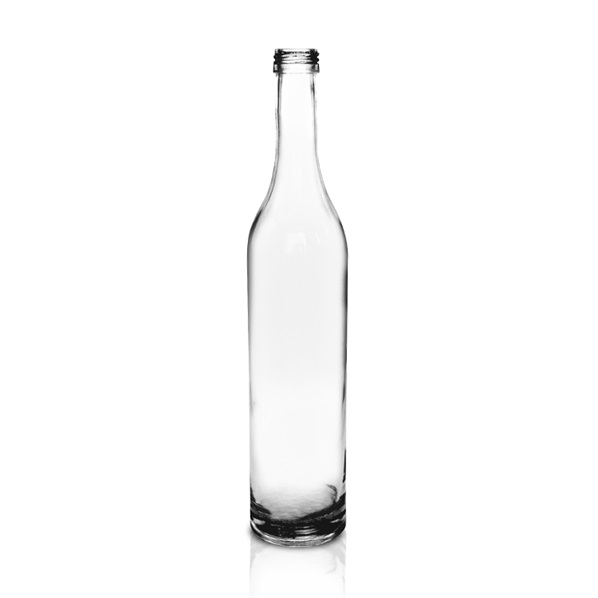When it comes to packaging liquor and spirits, nothing says “premium” quite like a glass bottle. For decades, glass has been the go-to material for distillers, craft breweries, and luxury brands aiming to showcase their products with elegance and durability. But what makes glass bottles so special, and why do they remain a top choice for both producers and consumers? In this deep dive, we’ll explore the features, benefits, and user demands driving the demand for high-quality glass bottles in the liquor and spirits industry.

Glass isn’t just a packaging choice—it’s a statement. Unlike plastic or other materials, glass preserves the integrity of alcoholic beverages by preventing chemical interactions. This is critical for spirits like whiskey, vodka, tequila, and gin, where flavor purity is non-negotiable. Glass also offers a timeless aesthetic, allowing brands to lean into classic designs or experiment with bold, modern shapes. From sleek, minimalist bottles for premium vodkas to heavy-bottomed, embossed containers for aged bourbons, glass provides unmatched versatility.
The liquor and spirits market is fiercely competitive, and packaging plays a huge role in winning over customers. Here’s how glass bottles meet modern consumer and brand expectations:
A premium glass bottle instantly elevates a product’s perceived worth. Studies show shoppers associate glass with luxury—think top-shelf tequilas or single-malt scotches. Even mid-tier brands use weighted glass or intricate detailing to justify higher price points. Glass also supports storytelling; heritage brands might use vintage-inspired designs, while startups could opt for edgy, geometric shapes to attract younger drinkers.
Drinkers care about what’s inside the bottle, but they also want a safe, satisfying unboxing (or uncorking) experience. Glass doesn’t leach harmful chemicals, making it a trusted choice for health-conscious buyers. Heavy-duty glass also feels substantial in hand, enhancing the ritual of pouring a drink. Plus, resealable glass bottles are ideal for home bartenders who want to preserve opened liquors.
Eco-warriors aren’t just buying organic gin—they’re scrutinizing packaging. Glass bottles align with zero-waste lifestyles since they’re easy to repurpose as decanters, candle holders, or storage jars. Brands that emphasize recycled glass or offer bottle return programs gain loyalty from this crowd.
Craft distilleries and limited-edition releases thrive on uniqueness, and glass bottles deliver. Smaller producers often partner with manufacturers for short runs of custom designs, like hand-blown bottles or quirky shapes (ever seen a whiskey bottle shaped like a skull?). Personalized labels with handwritten batch numbers or regional artwork also resonate with buyers seeking authenticity.
The industry isn’t stuck in the past. Recent trends include:
From craft breweries to legacy whiskey brands, the liquor glass bottle remains the gold standard for liquor and spirits packaging. It’s a perfect marriage of form and function—protecting contents, boosting brand appeal, and satisfying eco-conscious shoppers. As innovation pushes glass into new shapes, sizes, and sustainable formats, one thing’s certain: this timeless material isn’t going anywhere. Cheers to that!